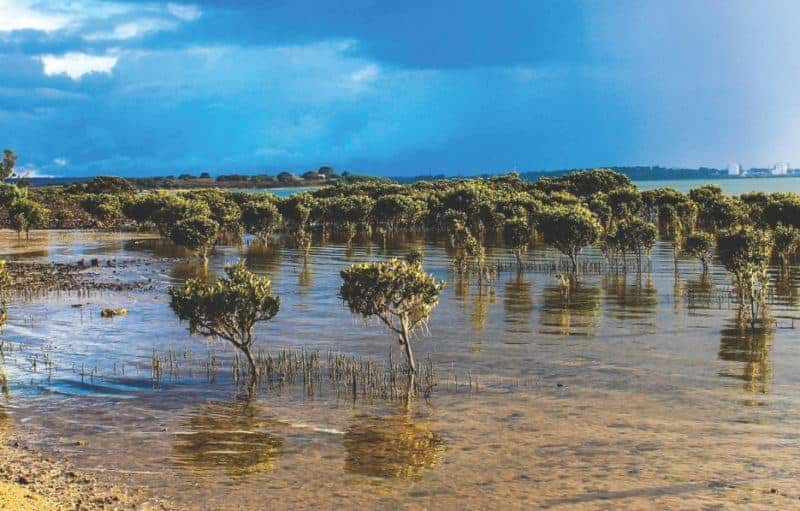Nature is complex. Thousands of plants, animals and communities interact to form elaborate, intricate networks and landscapes. Australia has created a web of laws, polices and strategies at national, state and local levels to protect them, but native wildlife continues to decline. We need to do better.
National nature laws such as the Environment Protection Biodiversity and Conservation Act (EPBC 1999) are Australia’s attempt to implement global treaty commitments e.g. Convention on Biological Diversity (CBD). National nature laws are quite powerful but fairly narrow in scope.
Most conservation and natural resource management issues are the responsibility of state governments, which sometimes delegate some responsibilities to local government.
In the 1970s and 1980s, Victoria was a national if not global leader in nature protection laws and policy. This has slipped and we now have a complex web of laws, overlapping responsibilities and accountabilities:
- more than ten separate pieces of legislations aimed at managing nature, with most focused on land
- eight statutes dealing with planning and approvals, including coastal planning
- more than a dozen focused on managing or exploiting natural resources such mining, water extraction, forestry.
Flaws in our nature laws
There are serious flaws in our complex system of laws established to manage and protect nature. The Victorian Auditor-General’s Office has released more than a dozen audits of environmental performance by state government agencies in the past decade. The key themes include:
- Weak laws: Victoria’s nature laws are complex, fragmented, outdated and fail to mandate sufficient priority for conservation. They have not kept pace with changes in community attitudes, scientific concepts and growing threats to the environment. Nor do they include key principles and mechanisms to promote accountability, transparency, public participation, and integration of environmental functions across government.
- Low commitment and priority: Victoria has many admirable environmental objectives, but their achievement is undermined by the low priority given them, particularly when economic goals are perceived to be in conflict.
- Lack of integration: laws, administration, programs and plans are poorly integrated. This undermines Victoria’s capacity to pursue higher-level strategic objectives, and leads to inefficiencies and conflicting objectives.
- Poor leadership and coordination: there are many instances of poor leadership and lack of coordination across government.
- Inadequate compliance and enforcement: major systemic failings in compliance and enforcement of laws by the environmental and primary industry agencies.
- Limited planning: turning broad environmental objectives into outcomes needs to be mediated by planning to develop clear targets, strategies, performance indicators etc. There is a scarcity of planning in environmental domains.
- Inadequate data: knowledge of Victorian nature is deficient in many areas, including the conservation status and trends of many plants and animals, and the effectiveness of different management techniques for different situations. Areas in particular need of improved monitoring, evaluation and reporting are the national vegetation management framework and vegetation offsets, threatened taxa and ecological communities, invasive species, and management of reserves.
- Limited disclosure: it is not possible to gain a clear understanding of the state government’s nature protection performance from its public reporting.
There have been many calls for an overhaul of Victoria’s key nature protection laws, which have been woefully ineffective at protecting our threatened wildlife and natural landscapes.
